Buy this bird art Gyrfalcon (Falco rusticolus by Ronald Pol on canvas, ArtFrame, poster and wallpaper, printed on demand in high quality.
About "Gyrfalcon (Falco rusticolus"
by Ronald Pol
About the artwork
The Gyrfalcon (Falco rusticolus) is the largest falcon species globally, renowned for its powerful build and exceptional hunting skills. This raptor's plumage varies greatly, ranging from nearly all white in northern regions to shades of gray or dark brown further south. Its broad wings and robust body are well-suited for long flights and high-speed pursuits.
The Gyrfalcon inhabits Arctic and subarctic regions of North America, Europe, and Asia. It thrives in cold, open environments such as tundras, mountainous regions, and coastal cliffs. In winter, it may migrate southwards depending on food availability.
Its diet primarily consists of birds, such as ptarmigans, ducks, and gulls, although it occasionally preys on small mammals like lemmings. It hunts by flying swiftly and low over the ground or water, using powerful strikes to catch its prey.
The Gyrfalcon is solitary and highly territorial, particularly during the breeding season. It nests on cliffs or reuses abandoned nests of other large birds. Females lay 2-4 eggs, which both parents protect and incubate.
Due to its remote habitat, the Gyrfalcon faces fewer threats from human activity. However, climate change and habitat disturbances pose potential risks. This majestic bird is admired as a symbol of strength and endurance, embodying the wild and untamed Arctic.

About Ronald Pol
Ronald Pol (1977) is a nature photographer from Deventer, the Netherlands. It was during a trip to Africa that his passion for nature photography started. The main focus is on the photography of animals (portraits and behaviour), but a variety of other subjects are photographed as well... Read more…
 Germany
Germany Ordered in January 2021
Ordered in January 2021
 Netherlands
Netherlands Ordered in November 2024
Ordered in November 2024
 Netherlands
Netherlands Ordered in February 2019
Ordered in February 2019
 Germany
Germany Ordered in November 2021
Ordered in November 2021
 Netherlands
Netherlands Ordered in May 2017
Ordered in May 2017
 Germany
Germany Ordered in August 2023
Ordered in August 2023
 Germany
Germany Ordered in October 2023
Ordered in October 2023
 Netherlands
Netherlands Ordered in December 2022
Ordered in December 2022
 Netherlands
Netherlands Ordered in November 2019
Ordered in November 2019
 Netherlands
Netherlands Ordered in April 2021
Ordered in April 2021
 Germany
Germany Ordered in February 2024
Ordered in February 2024
 Germany
Germany Ordered in September 2020
Ordered in September 2020
About the material
ArtFrame™
Interchangeable Art Prints
- High-quality print
- Easily interchangeable
- Acoustic function
- Large sizes available
Discover the artworks of Ronald Pol
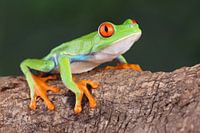 Red-Eyed Tree Frog (Agalychnis callidryas)Ronald Pol
Red-Eyed Tree Frog (Agalychnis callidryas)Ronald Pol Yellow Tulip against a black backgroundRonald Pol
Yellow Tulip against a black backgroundRonald Pol Pink Water LilyRonald Pol
Pink Water LilyRonald Pol Pink Water LilyRonald Pol
Pink Water LilyRonald Pol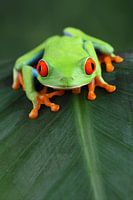 Red-Eyed Tree Frog (Agalychnis callidryas)Ronald Pol
Red-Eyed Tree Frog (Agalychnis callidryas)Ronald Pol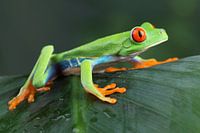 Red-Eyed Tree Frog (Agalychnis callidryas)Ronald Pol
Red-Eyed Tree Frog (Agalychnis callidryas)Ronald Pol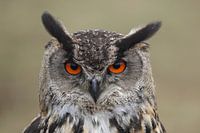 Eurasian Eagle Owl (Bubo bubo)Ronald Pol
Eurasian Eagle Owl (Bubo bubo)Ronald Pol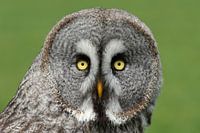 Portrait of a Great Grey OwlRonald Pol
Portrait of a Great Grey OwlRonald Pol Water in blueRonald Pol
Water in blueRonald Pol Western Barn Owl (Tyto alba)Ronald Pol
Western Barn Owl (Tyto alba)Ronald Pol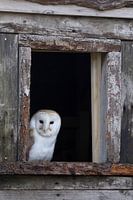 Western Barn Owl (Tyto alba)Ronald Pol
Western Barn Owl (Tyto alba)Ronald Pol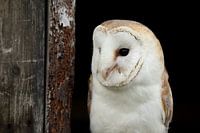 Western Barn Owl (Tyto alba)Ronald Pol
Western Barn Owl (Tyto alba)Ronald Pol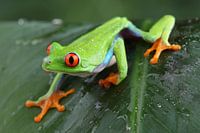 Red-Eyed Tree Frog (Agalychnis callidryas)Ronald Pol
Red-Eyed Tree Frog (Agalychnis callidryas)Ronald Pol Red-Eyed Tree Frog (Agalychnis callidryas)Ronald Pol
Red-Eyed Tree Frog (Agalychnis callidryas)Ronald Pol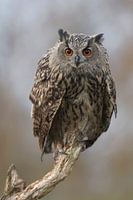 Eurasian Eagle Owl (Bubo bubo)Ronald Pol
Eurasian Eagle Owl (Bubo bubo)Ronald Pol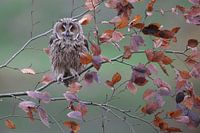 Long-eared Owl (Asio otus)Ronald Pol
Long-eared Owl (Asio otus)Ronald Pol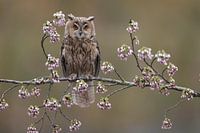 Long-eared Owl (Asio otus)Ronald Pol
Long-eared Owl (Asio otus)Ronald Pol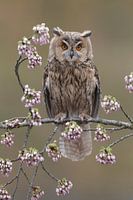 Long-eared Owl (Asio otus)Ronald Pol
Long-eared Owl (Asio otus)Ronald Pol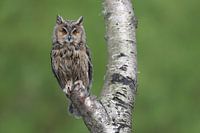 Long-eared Owl (Asio otus)Ronald Pol
Long-eared Owl (Asio otus)Ronald Pol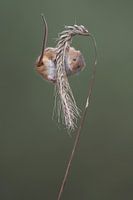 Eurasian Harvest Mouse (Micromys minutus)Ronald Pol
Eurasian Harvest Mouse (Micromys minutus)Ronald Pol
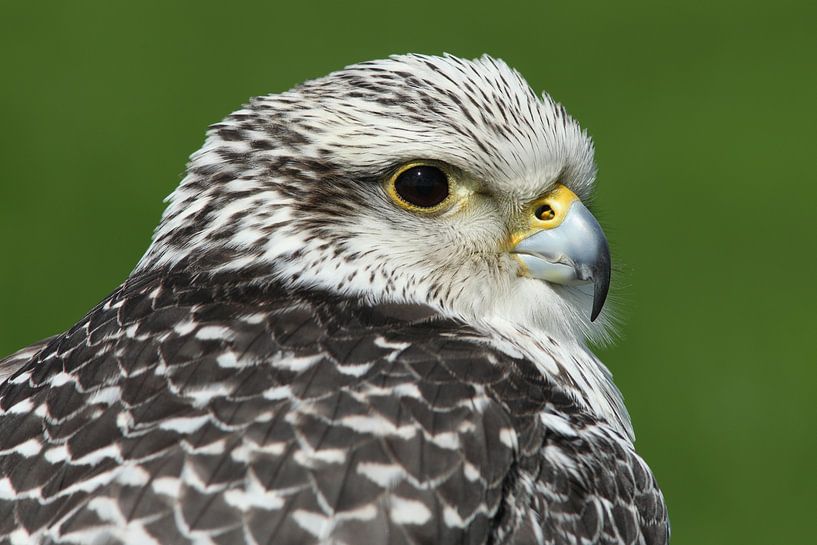






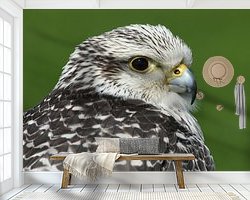

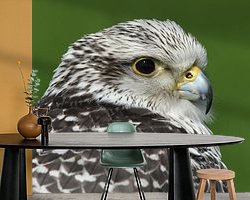
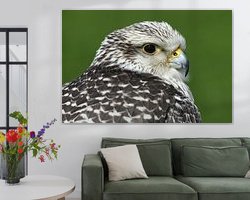
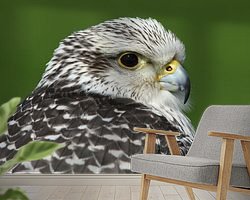

 Animals
Animals Birds
Birds Birds of prey
Birds of prey Nature photography
Nature photography Photo wallpaper
Photo wallpaper Photography
Photography Portrait
Portrait Powerful Expression
Powerful Expression Predators
Predators Serene Peace
Serene Peace Wildlife photography
Wildlife photography









